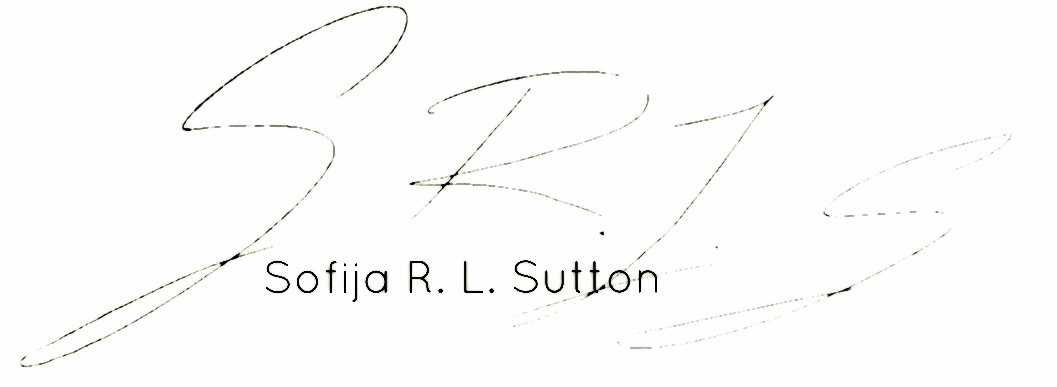Karla Black's IMMA Installation. 2015
From the first of May until the 26th of July, the Irish Museum of Modern Art (Dublin) is exhibiting the work of Karla Black. Black (b. 1972 Alexandria, Scotland) was educated, lives in and works in Glasgow. She attended the Glasgow School of Art for her BA, MPhil and MFA degrees. In 2011, Black represented Scotland at the 54th Venice Biennale and was nominated for the Turner Prize. Her work has been exhibited in Germany, USA, the Netherlands, UK, and Switzerland. Considered one of Glasgow's vibrant contemporary artists, Black practices a type of autonomous sculpture. She has developed a personal vocabulary inspired by ideas of psychoanalysis and feminism's impact on visual art. Drawing from various art historical backgrounds, Black describes her forms as, "physical explorations into thinking, feeling, communicating and relating."
Filling the South East Wing of the museum, Black's connected pieces links four galleries and a corridor into one in situ installation. For her first solo show in Ireland, Black- inspired by the IMMA's architecture- installed a row of vertical supports to run along the corridor as the focal point of her exhibition. Prospects, 2015, has 20 plaster casts of approximately 3' tall, thin tree trunks that are bound loosely and partially veiled with a transparent cellophane sheet that twists and swells into various knots. The casts have been set into a plank of raised soil that crumbles and feels overly delicate for the public walking path. The earth, trees, and plastic are daubed with makeup and spray painted with pastels of yellow, pink, green, and blue. The stereotypical female cotton candy palate is just balanced by the deep, dry brown of the soil that one may conceivably overlook as it blends into the gallery floor. The extended installation track is centered in the corridor as viewers are lead to look down one end and then take the circling loop to more closely investigate the Seussian meets Candy Land landscape.
Running parallel to the corridor on the righthand side is a strip of four square galleries connected by open door frames. In three of these rooms hangs a single and ethereal sculpture tailored to fit the space (each an individual, titled work). These floating sculptures are constructed of draping and pinned soft polythene sheets suspended by thread. Each room has a dominant color: pink, blue, and blue again. But within each eye-level bulge little scrunched plastics of other colors represent Black's entire pastel palette. The final gallery contains three constructed and suspended clouds made from cotton wool, sugar paper, ribbon, body and oil paint. These forms are significantly less delicate than the plastic rooms, and yet less suggestively aggressive. The plastics contain a smothering capacity and restrained life-like motion that has been sophistically masked with dirty baby pink and blue paint powder. While Black's emphasis on tactile aesthetics harkens back to the 1970's feminist's artists application of non-traditional materials used to order to challenge multiple aspects of the art-world hierarchies, Black's works do not read as pointedly political. In fact, at the first impression is a sense of creative play and flexible hands aiming to suggest a type of foreign communication. Her work has been described as a type of escapism, and her installation of magical trees, earth and clouds do indeed have a sense of other worldly or dreamlike construction. Despite this partial creation the viewers of Black's exhibit followed the predictable path of the gallery's architecture- passing through, pausing here and there, then ultimately floating away often without the significant consideration Black's installation is worthy of enticing.
-SRLS
